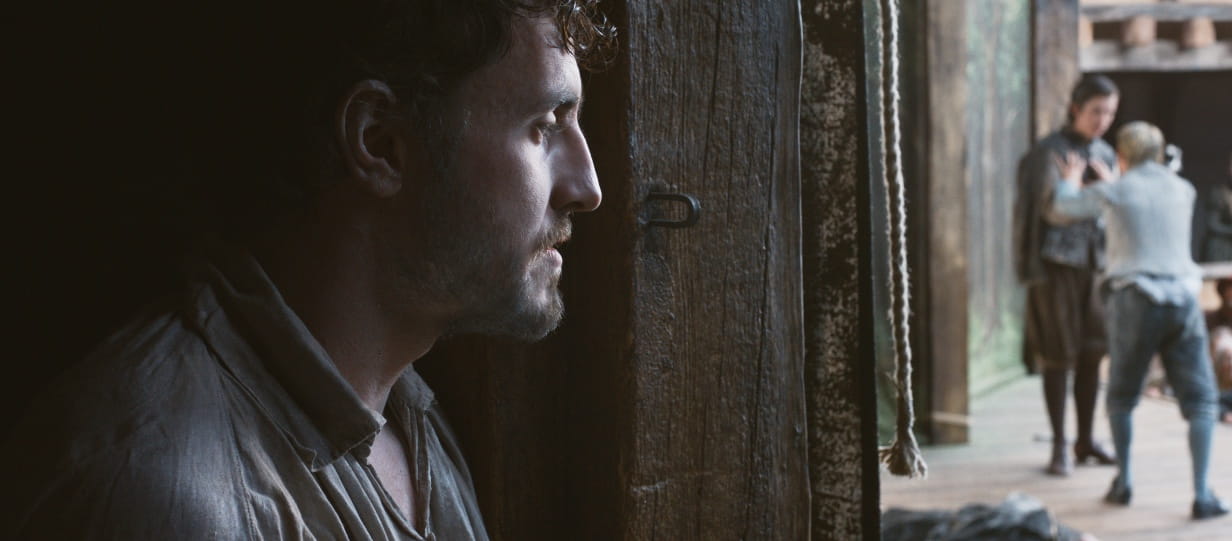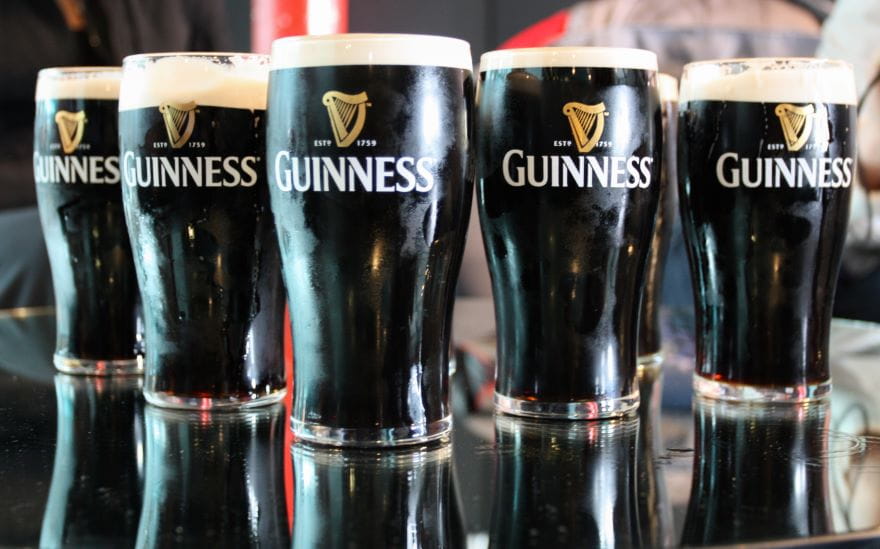Entertainment
Fun ways to pass the time, including TV reviews, ideas for days out, and interviews with top celebrities.

The Traitors: Everything you need to know about Faithful favourite Harriet
The crime novelist is the bookies' choice to win the BBC One show but what is she really like?

Curtain up! The best theatre to see in 2026
The must-see theatre and musical shows in the West End and on tour in the UK for the year ahead.

Tim Spector on eating more to stay healthy
The gut health expert offers his advice on Saga's new podcast, Experience is Everything

The best new TV dramas to start the year
Our pick of 6 top new dramas coming to our screens in January, plus earlier ones to catch up on that you might have missed.

Shirley Ballas on Strictly and living with her mother
Strictly Come Dancing head judge Shirley Ballas on why sharing a home with her mother is easier than living with a boyfriend.

Hamnet – a beautiful film with talented actors

What to read in January 2026
The best new books to warm the soul, ignite the passions and set the pulse racing.

“There will never be another Paul O’Grady”
Nearly three years since the comedian's shock death, his best friend shares his memories of their time together.

9 fascinating facts about Guinness
Ahead of a new TV drama about the early years of Guinness, we've got some surprising facts about the world's favourite Irish beer.

Matthew Bourne’s The Midnight Bell – intoxicated tales from darkest Soho

Fern Britton talks This Morning, weight loss and a new unexpected joy
The TV presenter and novelist on how she’s open to love again and why she’s serving coffee in church.

Faulty Towers the Dining Experience review - "fun immersive theatre"
"A side-splitting night out" says our reviewer of Faulty Towers the Dining Experience - and it's touring the UK this summer.

Jo Whiley on why DJing is as good as a Jane Fonda workout
DJ and presenter Jo Whiley on how she's still getting home at 4am and why she thinks Monty Don is as cool as Mick Jagger.

Bridget Jones: Mad About the Boy review

For a limited time, enjoy 3 issues of Saga Magazine for just £1. Receive the next 3 print editions delivered direct to your door, plus 3 months’ unlimited access to the Saga Magazine app—perfect for reading on the go.
Don’t miss your chance to experience award-winning content at an exceptional price.
Play our free daily puzzles
Beat the boredom and exercise your mind with our selection of free puzzles.



